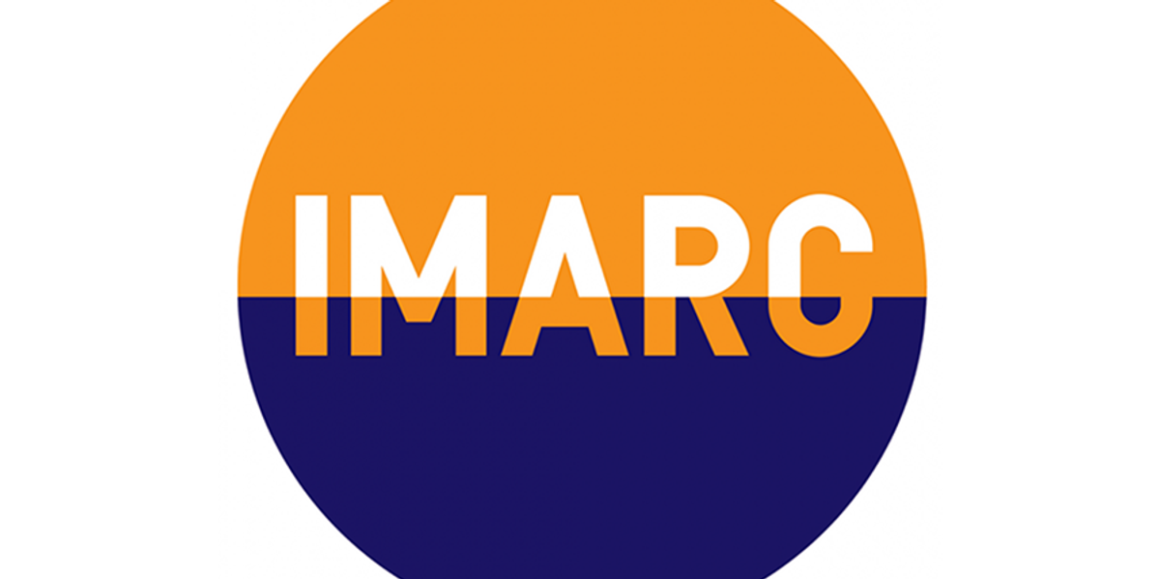Arvidson, who had a front-row view of the explosive growth in Western Australia’s lithium industry over the past decade, heads Australian Vanadium, touted by some as the company most likely to become the world’s next large-scale primary vanadium producer.
The lithium space is flat now amid low prices but it spawned a A$15 billion lithium major (Pilbara Minerals; currently worth about $8.7 billion) and broader WA battery-grade material supply base in the past decade. State lithium exports climbed from sub-$6 billion in 2015-2016 to more than $18b last year.
The comparison highlights the difficulties nailing supply and demand, and pricing, predictions in such turbulent times for global energy, transport and manufacturing. It also points to an increasing market appetite for funding and advancing world-class projects with the right cost and risk settings where the long-term price signals are favourable, as with lithium.
Shaw says battery energy system storage is the fastest growing battery demand market in the US as that market matures and duration increases.
Meanwhile, costs per MWh have fallen 73% over the past 10 years and are expected to dip further as the industry scales.
Which, of course, is already happening in China.
Arvidson says China added more than 25GW hours per annum of vanadium flow battery (VFB) and vanadium electrolyte manufacturing capacity last year to support the rollout of VFB storage.
Australian Vanadium aims to produce 11,200t per annum, roughly 5% of the Chinese gigafactory demand added in 2023, via the US$435 million project it outlined in a 2022 feasibility study. It is working on an optimised FS after completing a A$217m merger with Gabanintha project neighbour Technology Metals Australia earlier this year.
The merger consolidated their adjoining projects across the same orebody to give Australian Vanadium an updated mineral resource estimate of 395 million tonnes grading 0.77% V2O5, including a higher-grade domain of 173.2Mt grading 1.09%, and more options for lower-cost early extraction.
Vanadium’s use in batteries has grown from 1% of the market two years ago to more than 10% now.


Leave a Reply